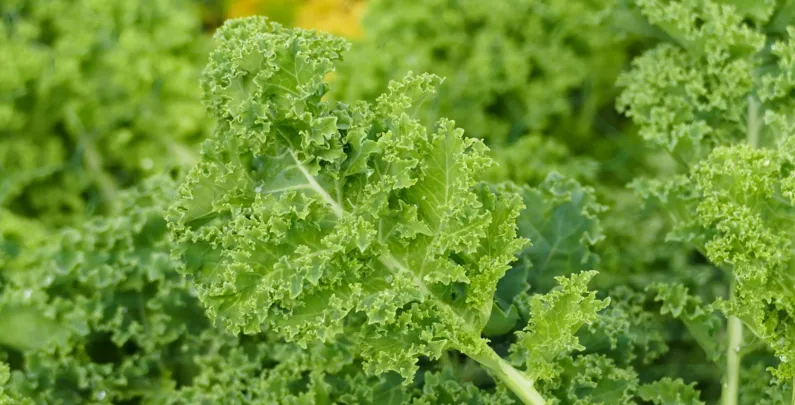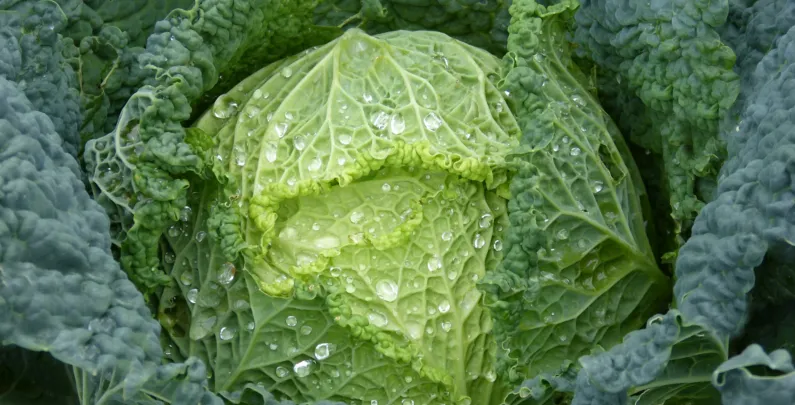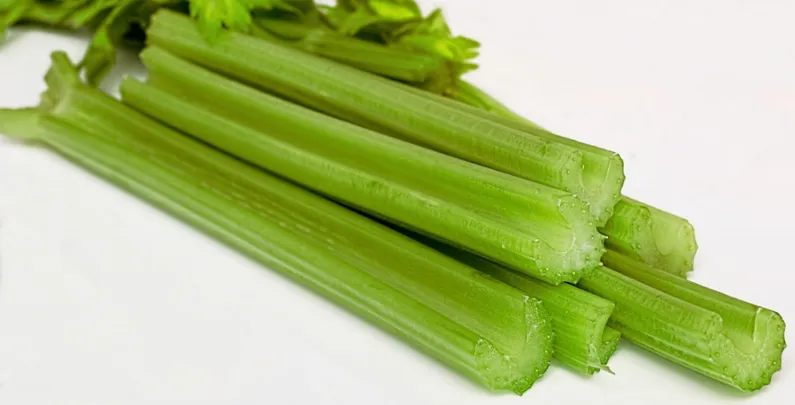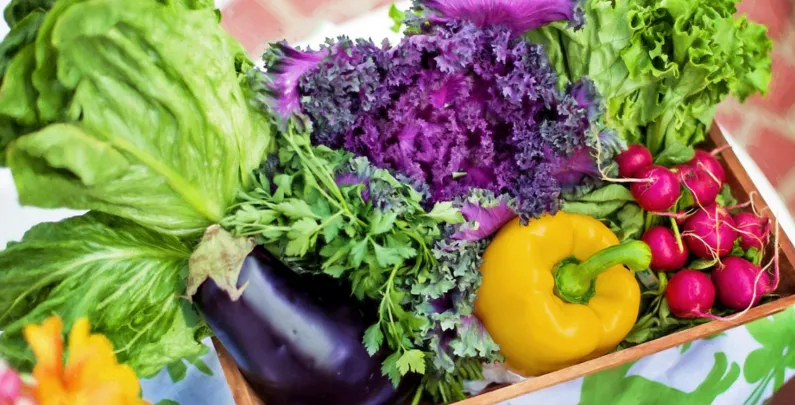With the increasing problem of wheat and gluten allergies, people are turning to alternative foods for creating meals. One such alternative is ancient grains. The term “ancient grain” does not contain an official meaning, but it is generally understood as plants that have not been altered over their thousands of years of consumption, whereas wheat has been modified to have certain characteristics such as high gluten levels. This modification has led to changes in the wheat plant, such as different protein structures that affect the way our bodies are able to digest the food, leading to possible health complications. Ancient grains do not have this problem as they have remained relatively unchanged over their years of use.
A variety of plants that have gained the title of ancient grains, but they do share some common health traits. While each do have their own unique individual nutritional values they all contain good amounts of fibre, vitamins, and minerals. Ancient grains contain a simpler genetic makeup than compared to modern wheat, making them more easily digestible for the body. Due to their unchanged nature, many of the ancient grains contain a lower immunoreactivity when compared to wheat. People that are gluten sensitive and need to avoid wheat can sometimes still eat some of the gluten contained in ancient grains as the body has a lower reactivity to their gluten amount and structure. Those that are unable to eat any gluten can still look into incorporating ancient grains into their diet as some ancient grains are gluten free. Ancient grains are known for their rich, distinct flavour, allowing them to be used in the creation of many unique recipes.
The ancient grain term encompass a few types of plants, with spelt being one of them. Spelt is particularly rich in the vitamins Niacin (B3), Folate (B9), Thiamin (B1), vitamin B6 (pyridoxine, pyridoxal, pyridoxamine), and pantothenic acid. For minerals, it is high in iron, magnesium, phosphorus, potassium, zinc, copper, manganese, and selenium. Spelt is a good source of the essential fatty acids omega 3 and omega 6, with a higher amount omega 6 fatty acids. Although still containing gluten, so those with celiac or gluten sensitivity might need to avoid it, spelt makes an excellent substitute for wheat for those with wheat allergy or sensitivity or for those would rather avoid wheat in general.
Khorasan wheat, or more commercially known as Kamut, is another popular ancient grain for consumption. This ancient grain has been found in the tomb of Egyptian pharaohs, with the name “Kamut” being an ancient Egyptian word meaning wheat and grain. To use the trademark name “Kamut” for the khorasan wheat now requires that it be non-GMO, organic, unmodified, and unhybridized. GMO is the process of directly injecting or cutting the DNA of the plant, whereas the terms modified and hybridized refer to breeding the plants with other types of plants or forcing them to breed to gain certain characteristics.
Kamut contains high amounts of protein along with high amounts of the vitamins thiamin, riboflavin, niacin, and pantothenic acid. It contains very high amounts of the minerals manganese and selenium and high amounts of iron, magnesium, phosphorus, potassium, zinc, and copper. This grain is higher in polyphenols and fatty acids than the more modern wheat. Due to its nutritional content, kamut provides antioxidant benefits. Nutrients such as selenium possesses strong antioxidant properties that help in reducing gut inflammation and are able to reduce pain from irritable bowel syndrome. The flavour of Kamut is known to have a natural sweetness, adding some uniqueness when used for cooking.
Rye is an ancient grain that is considered one of the top 5 consumed cereal grains in the world. Cereal grains are any type of grass that are grown for their edible grains such as wheat, rye, khorasan, among other similar plants. As with many of the ancient grains, rye is a good source of vitamin content with it being fairly high in B vitamins, including pantothenic acid, as well as a good source of vitamin E. In mineral content, it is high in manganese, copper, magnesium, phosphorus, selenium, iron, and zinc. Rye does contain gluten, but out of the gluten containing grains it generally has the lowest amount. Its gluten structure is different than compared to the others, which means it requires different cooking methods in order to use. It is shown that those who are gluten intolerant can sometimes still consume rye. Rye contains a very good amount of fibre content, with the fibre being more unique due to it having an extreme binding ability to water. This creates the feeling of fullness faster and helps prevent a person from overeating. Rye has beneficial properties in helping to combat or control diabetes. While wheat contains smaller, simple molecular structures that are quickly broken down into simple sugars, rye has larger, more complex structures that have a slower breakdown. This helps prevent glucose spikes and results in rye having less of an impact on blood sugar levels than compared to wheat.
Under the term of ancient grains, there are plants that are classified as pseudocereal. Plants that are considered “wheat” are a type of grass. Pseudocereal are non-grass plants with seeds that are utilized in similar ways to those of wheat. One of their biggest benefits as an alternative to wheat or other grains is that they contain no gluten, making them safe for people that have celiac disease, gluten intolerance, or gluten sensitivity. While not a wheat, they still contain just as many health benefits and can be used as an alternative in cooking.
Quinoa is one such pseudocereal that is considered an ancient grain. It contains high nutritional value and is considered a complete protein source, meaning that it contains plentiful amounts of all essential amino acids needed for optimal health. Quinoa is high in B vitamin content and is a good source of vitamin E. For mineral content, it is a very rich source of manganese and is high in iron, magnesium, phosphorus, potassium, zinc, copper, and selenium. Quinoa is a good source of omega 3 and 6, with higher omega 6 content, and is high in fiber.
Buckwheat, even though it contains the term wheat in its name, is not actually a wheat but a pseudocereal that is related to rhubarb and sorrel. It is a complete protein source and is high in fiber content as well as high in vitamins riboflavin, niacin, vitamin B6, and pantothenic acid with good amounts of thiamin and folate. Buckwheat is a rich source of minerals with high amounts of iron, magnesium, phosphorus, potassium, zinc, copper, manganese, and selenium.
Amaranth is another popular alternative to wheat that is a pseudocereal. Like many of the ancient grains, it is high in protein and fibre. It has high amounts of the vitamins riboflavin, vitamin B6, folate, and pantothenic acid and is a good source of vitamin E. A unique property compared to other forms of wheat and pseudocereal is that it also contains good amount of vitamin C, providing greater antioxidant activity.
These are just a few of the ancient grains that are available in today’s market. They are a source of needed nutrients for optimal health as they are rich in vitamins, minerals, fibre, and protein. Ancient grains provide much for alternatives to wheat as they are relatively unchanged over their thousands of years of use. Most contain less gluten than that found in wheat for those needing to watch their gluten amount and some are even gluten free for those that need to avoid gluten completely or have chosen to avoid gluten foods. When purchasing products that contain any type of ancient grain, it should be bought as whole grain, unprocessed, or in sprouted form, otherwise its nutritional value is more likely to be lost. Ancient grains provide many nutritional benefits for optimal health and offer an alternative to wheat for the creation of many recipes while also supplying their own unique touch of flavour.






